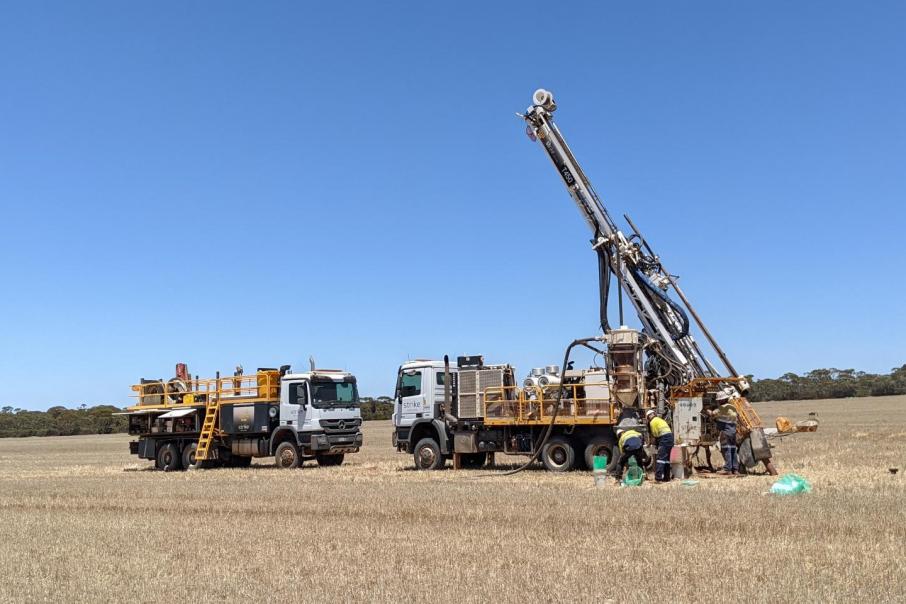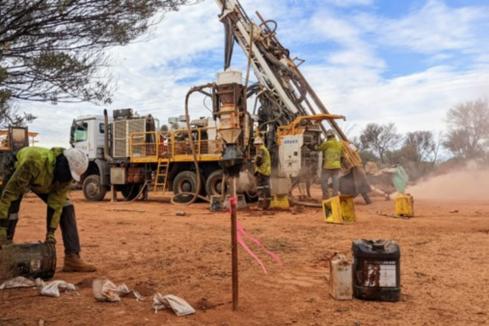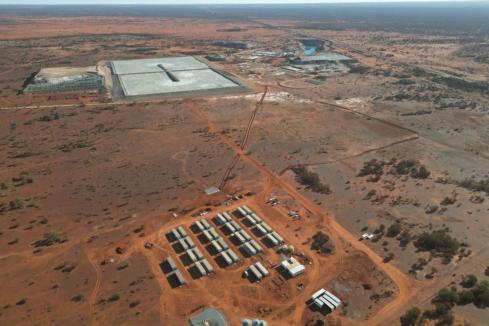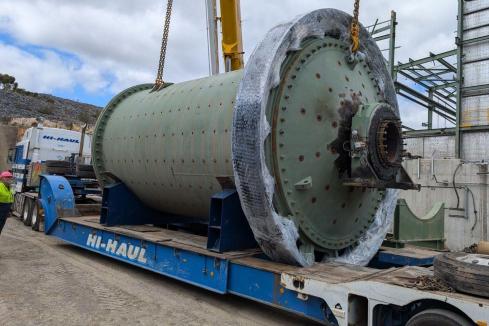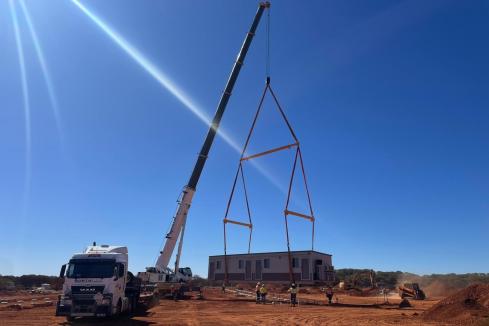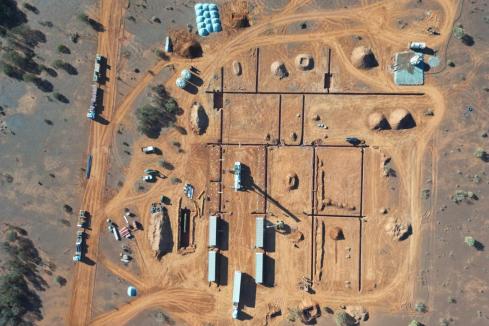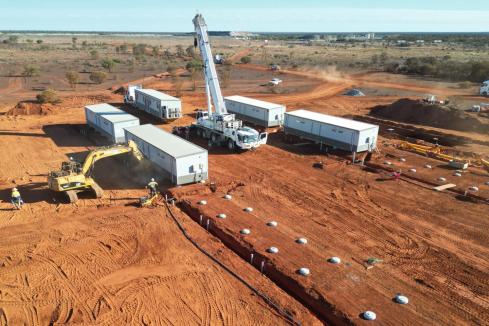ASX-listed Meeka Gold Limited says an 85-hole probe of the western block portion of its Cascade rare earths project near Esperance in Western Australia has highlighted shallow, high-grade mineralisation in saprolitic clays. According to the company, the program has defined thick rare earths accumulations running up to 29m wide across a large area that has demonstrated the project’s remarkable scale.
Meeka says 52 of the 85 holes sunk at the operation delivered results of up to 4,029 parts per million total rare earth oxides or “TREO” and that remarkably, the higher value magnet and critical rare earths categories account for around 25 per cent.
The over 4,000ppm hit was stretched over a 3m interval and was housed within a larger 7m section going 3,826ppm TREO from 36m.
Other notable results include 3m at 1,989ppm TREO from 16m, 4 metres at 1,425ppm TREO from 56m and 5 metres at 1,178ppm TREO from 48m.
The longer intersections comprise a 16m strike going 1,683ppm TREO from surface, 12m at 1,373ppm TREO from 20m and 29m at 629ppm TREO from 8m.
Meeka has also completed 105 holes in its eastern block tenements and expects to have its hands on the results from that work later this month.
The company is now gearing up to kick the project into hyperdrive with a detailed forward plan that will see it target the highest value heavy and magnet applicable rare earth oxide zones and dive into initial metallurgical test work to better understand the best process to churn out a commercial product at Cascade.
Given its cheaper bulk mining and simple process flow sheets, clay-hosted rare earth operations such as Cascade can boast considerable project and cost benefits over hard rock rare earths projects according to Meeka management.
It says clay-based deposits generally do not require the costly comminution and beneficiation processes typically associated with hard rock alternatives, which drives down capital intensity and operating required to punch out a refined end-product.
The high proportion of magnet rare earths in clay deposits along with the characteristically low radioactive waste produced also work in the deposit’s favour.
Rare earths, particularly the neodymium and praseodymium discovered in Cascade’s clay deposits, are a class of metals that are critical to a greener economy. Industrial strength magnets used in hybrid and electric vehicles, wind turbine generators and high-end electronics such as cell phones are but a few of the applications that the in-vogue minerals have found their way into.
Clay style rare earth deposits could shape up to be a key player in the new energy landscape and with Meeka Gold potentially laying claim to a brevity of them at Cascade, the company could be inn for an interesting back end of the year.
Is your ASX-listed company doing something interesting? Contact: matt.birney@businessnews.com.au






